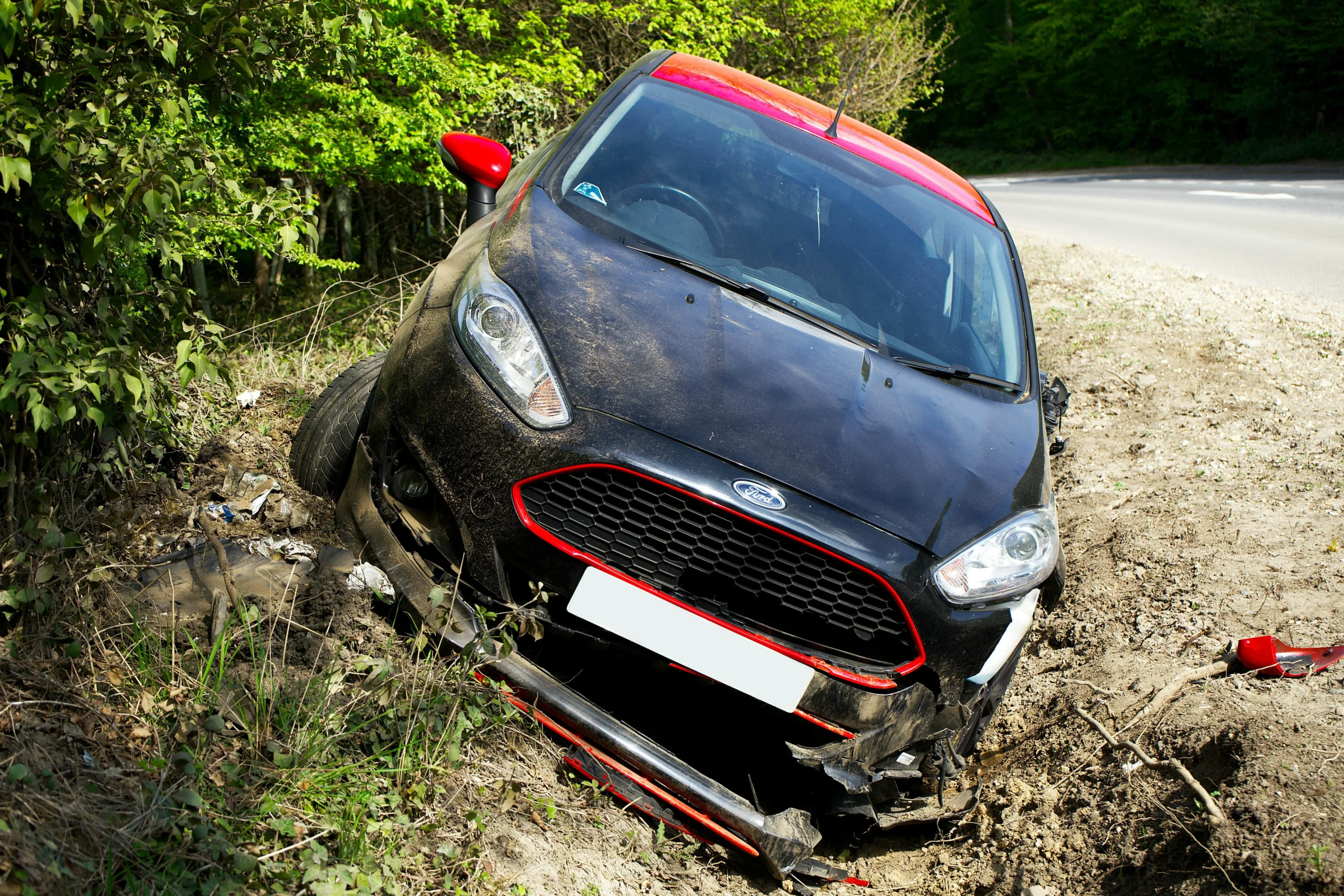The appeal of vintage automobiles is timeless. These cars are more than simply means of transportation; they are pieces of automotive history, whether it’s the elegant lines of a Jaguar E-Type, the vintage appeal of a Chevrolet Bel Air, or the grace of a 1965 Ford Mustang. Securing the appropriate insurance coverage is one of the special obligations that come with owning and maintaining a vintage vehicle. For these valuable assets, regular motor insurance just isn’t enough. Classic cars therefore require specialized insurance.
This post will discuss the differences between classic car insurance, its necessity, and how to make sure your treasured car is adequately covered.
What Cars Are Considered Classic?
It’s crucial to understand what constitutes a classic car before comprehending why they require specialized insurance. Cars that fit certain requirements, such the following, are usually categorized as classic by insurance companies:
Age:
Cars between the ages of 20 and 40 are typically categorized as classics, while those over 40 may be categorized as antiques.
Condition:
The car needs to be in good operating order or have been returned to its original condition.
Usage:
Vintage vehicles are frequently not driven on a daily basis. Infrequent use and low mileage are important considerations.
worth:
Unlike regular cars, the car’s worth is frequently determined by factors such as rarity, historical significance, and condition rather than simple depreciation. Vintage trucks, muscle cars, hot rods, and collector’s cars are a few types of classic automobiles.
Also Read ” Affordable Car Insurance For Teens & No Driving Record | WorthsHub
Why Basic Auto Insurance Is Insufficient?
Standard auto insurance plans are made for regular cars and take into account things like wear and tear, depreciation, and frequent use. For a number of reasons, these regulations are inadequate when it comes to vintage vehicles.
Disparities in Valuation
Provides auto insurance that takes depreciation into account and is based on Actual Cash Value (ACV). Regular cars lose value as they get older. Agreed Value or Stated Value contracts are used in classic auto insurance. You and the insurer agree on the vehicle’s value under an Agreed Value insurance, which takes into account both its rarity and actual market value. In the event that the car is stolen or totaled, this guarantees you will get the entire amount agreed upon.
For instance, if the value of your vintage 1967 Chevrolet Camaro is $50,000, normal insurance may only provide
Costs of Specialist Repairs and Restorations
Original parts and specialized repairs are frequently needed for classic cars, and finding them can be costly and challenging. These expenses might not be covered by standard plans. This necessity is acknowledged by classic auto insurance, which usually includes:
Restoration Costs: The price of fixing the vehicle after damage. Original equipment manufacturer (OEM) parts are covered because they are essential to preserving authenticity.
Considerations for Limited Usage
Rarely are classic cars driven, maybe only for weekend excursions, car exhibits, or parades. The reality of owning a historic car is not reflected in standard plans, which anticipate constant daily use. Discounts are provided by special insurance policies that account for limited mileage.
Protection Against Growing Value Over Time
Classic cars have the potential to increase in value, unlike current vehicles. Due to restoration efforts, historical relevance, or rarity, their value may rise. While classic automobile insurance can be modified to reflect the car’s increasing worth, standard policies do not account for this appreciation.
Also Read ” Herschel Weingrod Net Worth, Income Sources, Age | Oct 2024
Particulars of Insurance for Vintage Automobiles
Customized coverage is provided by special insurance for vintage cars to safeguard your investment. Here are a few salient features:
As previously stated, agreed value coverage is provided by classic automobile insurance. This indicates that in the event that the car is a total loss, the insurer will pay a set sum. This guarantees that you won’t be cheated by depreciation.
Coverage for Spare Parts
Rare or customized parts are frequently needed for classic autos. Spare parts coverage is sometimes included in classic car insurance policies to assist in covering costly or difficult-to-find replacement parts.
Adaptable Usage Guidelines
Insurance for classic cars permits events, exhibitions, and occasional leisure driving. Although there are mileage restrictions, these regulations are made to account for individual driving patterns.
Protection for Repair Projects
Your vintage vehicle may be covered by special insurance while it is being restored. This guards against potential damage, theft, and fire while the vehicle is being repaired.
Roadside Support for Vintage Automobiles
Classic cars might not be able to use standard roadside assistance. Roadside service specifically designed for historic vehicles, including flatbed hauling to prevent damage, is frequently covered by special insurance.
Who Requires Insurance for Classic Cars?
- You need specific insurance if your car fits the definition of a classic, antique, or collector car. Insurance for vintage cars should be considered if:Your vehicle is well-maintained and more than 20 years old.
- The only times you drive the car are for pleasure trips, car shows, or exhibitions.
- Your car has significant sentimental or market worth.
- You need protection while you’re actively restoring a vintage vehicle.
In conclusion
Classic cars are investments, pastimes, and reminders of automotive history in addition to being vehicles. Using regular auto insurance to protect them exposes you to insufficient coverage and monetary loss. The specific features, agreed value coverage, and customized protection that you require to secure your valuable asset are provided by special classic automobile insurance. You can make sure that your vintage vehicle will continue to provide you happiness and pleasure for many years to come by selecting the appropriate insurance.




